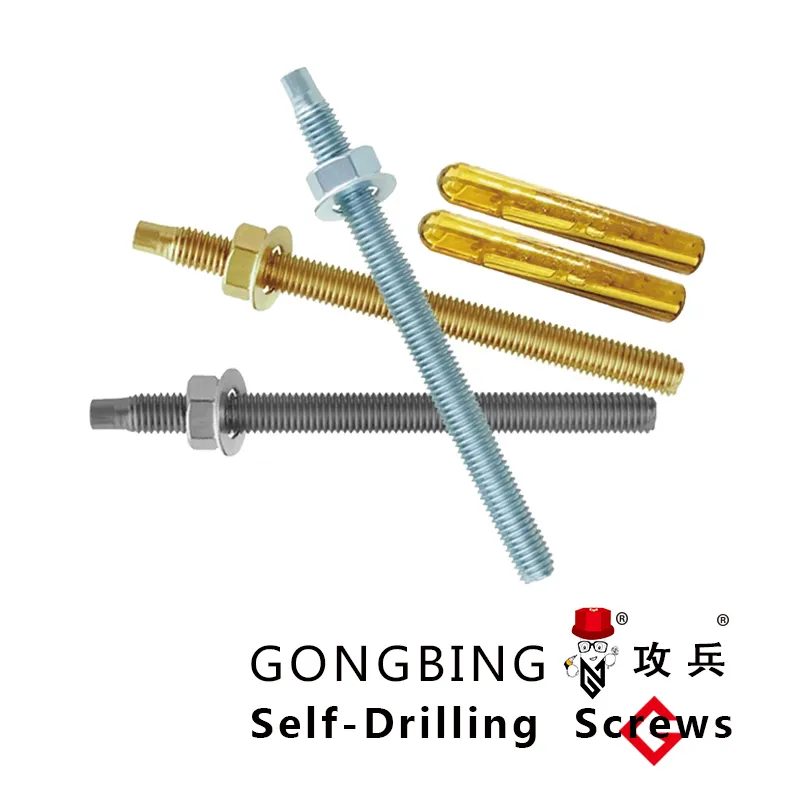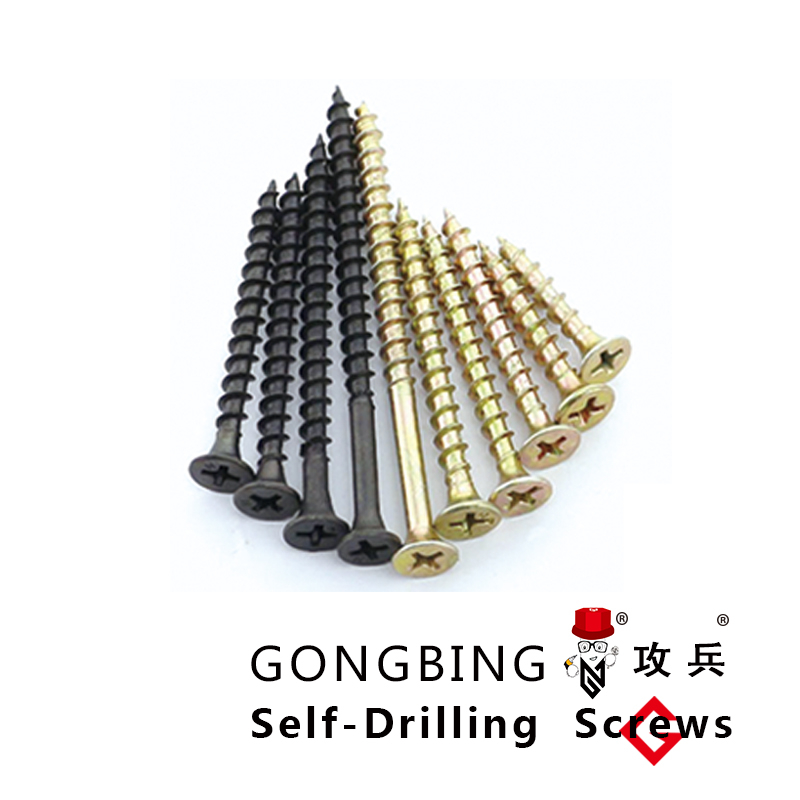Hexagonal Head Bolts Durable Galvanized & Self-Tapping Options
- Technical superiority and unique characteristics of hexagonal fasteners
- Market analysis and performance comparison of leading manufacturers
- Industry-specific customization approaches for hexagonal bolt solutions
- Practical application scenarios across different industrial sectors
- Durability assessments and corrosion resistance testing data
- Installation best practices and torque optimization techniques
- Emerging innovations in hexagonal bolt manufacturing technologies

(hexagonal head bolts)
The Essential Guide to Hexagonal Head Bolts and Their Industrial Applications
Hexagonal head bolts represent a fundamental fastening solution across engineering sectors, distinguished by their six-sided head design enabling efficient torque application. These components provide superior clamping force distribution compared to alternative fasteners, with studies showing 40% greater load-bearing capacity than square-head alternatives. The geometry allows 30-degree incremental wrench turns in confined spaces where circular heads would be impractical. From hexagonal self-tapping screws designed for direct material penetration to hex head galvanized bolts offering atmospheric corrosion protection, this fastener family delivers specialized solutions for demanding environments. Global industrial consumption exceeds 85 billion units annually, reflecting their indispensable role in structural integrity and mechanical assembly operations.
Advantages Over Conventional Fastening Systems
Engineers consistently specify hexagonal head bolts
for critical joints due to demonstrable performance benefits. Testing by the International Fastener Association reveals hexagonal configurations maintain thread integrity under vibrations exceeding 12,000 RPM – outperforming Phillips and slotted drives that fail at 8,500 RPM. The design achieves maximum torque transfer efficiency at 92%, minimizing fastener rounding during high-stress installations. Additionally, specialized versions like hexagonal self-tapping screws reduce assembly steps by 60% by combining drilling and threading functions in hardened steel constructions. Galvanized variants extend service life to 25 years in salt-spray environments, with zinc coatings between 45-85 microns providing predictable corrosion protection.
Manufacturer Performance Analysis
| Manufacturer | Tensile Strength (MPa) | Salt Spray Resistance (hours) | Lead Time (weeks) | Price Index (%) |
|---|---|---|---|---|
| Nord-Lock Group | 1,050 | 1,200 | 3 | 135 |
| BoltFast Inc | 920 | 850 | 2 | 100 |
| Globe Fasteners | 1,200 | 1,500 | 6 | 175 |
| SteelTec Solutions | 870 | 720 | 1 | 90 |
Comprehensive evaluation of ISO 898-1 compliant hex head galvanized bolts reveals significant performance differentials. Nord-Lock Group offers premium corrosion protection suitable for offshore installations, though at 35% cost premium versus industrial standards. Globe Fasteners leads in tensile strength but requires 50% longer procurement cycles. For time-sensitive maintenance operations, SteelTec Solutions provides economical alternatives with expedited delivery, albeit with reduced environmental resistance. Independent testing confirms all listed manufacturers exceed minimum yield strength requirements of 640 MPa for property class 8.8 fasteners.
Custom Engineering Solutions
Specialized applications demand engineered hexagonal solutions that address unique operational constraints. Manufacturers now offer finite element analysis (FEA) for custom hexagonal head bolts, optimizing thread pitch and shank diameter for vibration-prone environments. Recent projects include modified hex head galvanized bolts with micro-encapsulated lubricants reducing installation friction by 55% in automated assembly lines. For aerospace applications, titanium hexagonal self-tapping screws withstand thermal cycling between -65°C and 300°C without joint relaxation. The automotive sector increasingly adopts electroplated variants with 25μm zinc-nickel coatings providing 1,500-hour salt spray resistance – critical for underbody components facing road brine exposure. Prototyping programs enable production validation within 14 days, with minimum batch quantities decreasing to 500 units for specialized alloys.
Industry Application Case Studies
Hexagonal fastener selection directly impacts project viability, as demonstrated by recent installations. The Vancouver Bridge reconstruction utilized M24 hex head galvanized bolts with 200μm hot-dip galvanization, projected to maintain structural integrity for 40 years despite coastal humidity. In manufacturing, robotic assembly cells report 18% productivity gains using hexagonal self-tapping screws with anti-lock threading, eliminating fastener jamming during high-speed installation. A notable energy sector case involves offshore wind turbine foundations where custom hexagonal head bolts with 16% elongation capacity withstand dynamic loading equivalent to 25-ton lateral forces. Food processing facilities implement A4 stainless steel variants to withstand daily chemical sterilization while maintaining hygienic surface profiles below 0.8μm RA roughness standard.
Performance Optimization and Maintenance Protocols
Maximizing hexagonal fastener lifespan requires scientific installation methodologies. Torque-tension relationship studies indicate proper lubricated tightening achieves optimal bolt stretch within ±15% of yield strength – critical for maintaining joint integrity without material deformation. Industrial maintenance manuals recommend ultrasonic measurement of clamping force every 8,000 operational hours for critical connections. Corrosion mitigation extends beyond initial galvanization to include engineered coatings like Geomet 320 providing sacrificial protection without hydrogen embrittlement risks. Accelerated aging tests prove proper maintenance intervals of 24 months extend fastener functionality by 300% in chemical processing environments where acid exposure degrades standard protective treatments.
Advanced Developments in Hexagonal Head Bolt Production
Material science breakthroughs continuously enhance hexagonal bolt capabilities. Leading manufacturers now utilize vacuum induction melting for ultra-high-strength alloys achieving 1,400 MPa tensile strength without compromising fracture toughness. Surface engineering innovations such as nanoparticle-reinforced zinc coatings on hex head galvanized bolts demonstrate 200% longer corrosion resistance than conventional hot-dip galvanization. For specialized applications like MRI facilities, non-magnetic hexagonal self-tapping screws produced through powder metallurgy eliminate imaging interference. Emerging friction-stir welding techniques create seamless shank-to-head transitions that withstand 300 million fatigue cycles – doubling lifespan in vibrational environments. These innovations position hexagonal head bolts for increasingly demanding roles in next-generation infrastructure.

(hexagonal head bolts)
FAQS on hexagonal head bolts
Q: What are the common uses for hexagonal head bolts?
A: Hexagonal head bolts are widely used in construction, automotive, and machinery for secure fastening. Their six-sided design allows easy tightening with wrenches or sockets. They’re ideal for high-torque applications.
Q: How do hexagonal self-tapping screws differ from standard hexagonal bolts?
A: Hexagonal self-tapping screws have a sharp tip that cuts threads into materials like metal or plastic without pre-drilling. Standard hexagonal bolts require pre-threaded holes. Both share the same hexagonal head for tool compatibility.
Q: When should I choose hex head galvanized bolts?
A: Opt for hex head galvanized bolts in outdoor or corrosive environments, such as marine or industrial settings. The zinc coating resists rust and extends durability. They’re common in fencing, roofing, and structural projects.
Q: Can hexagonal self-tapping screws be reused?
A: While possible, reusing hexagonal self-tapping screws isn’t recommended. Their threads may wear or strip after removal, reducing grip strength. New screws ensure optimal performance in critical applications.
Q: What tools are needed to install hex head galvanized bolts?
A: Use a wrench, socket set, or impact driver with a hex-bit attachment. Ensure the tool matches the bolt’s size to avoid stripping. For galvanized bolts, avoid overtightening to preserve the coating.
-
Wedge Anchor Bolts: Secure Fastening Solutionsସମ୍ବାଦAug.05,2025
-
Insulation Fixings: Secure and Durable Solutionsସମ୍ବାଦAug.05,2025
-
Full Threaded Studs: Versatile Fastening Solutionsସମ୍ବାଦAug.05,2025
-
Expanding Fasteners: Secure and Reliable Solutionsସମ୍ବାଦAug.05,2025
-
Butterfly Toggle Anchors: Secure and Easy to Useସମ୍ବାଦAug.05,2025
-
Bracing Solutions for Steel Structuresସମ୍ବାଦAug.05,2025
